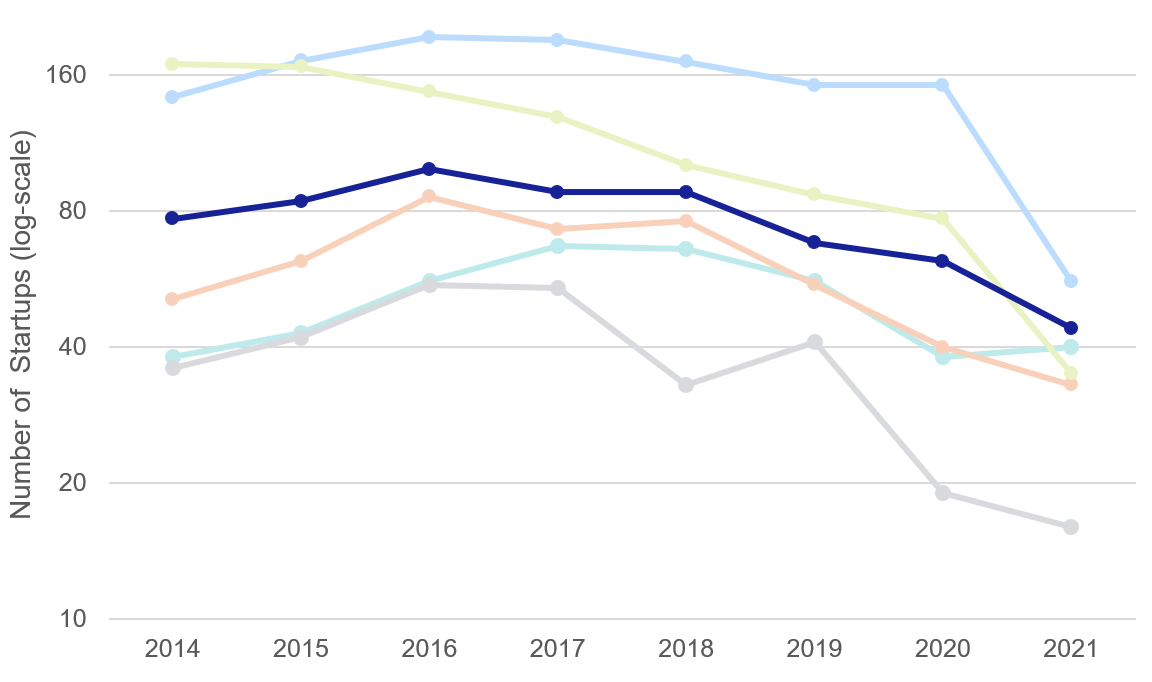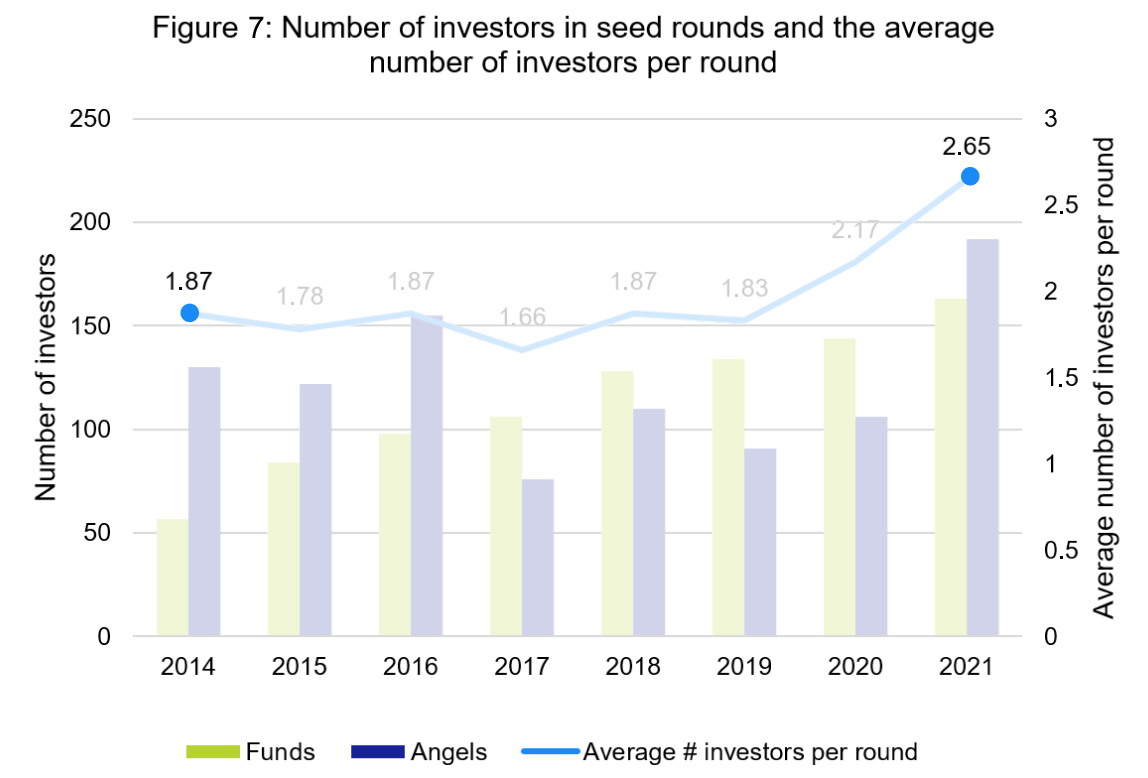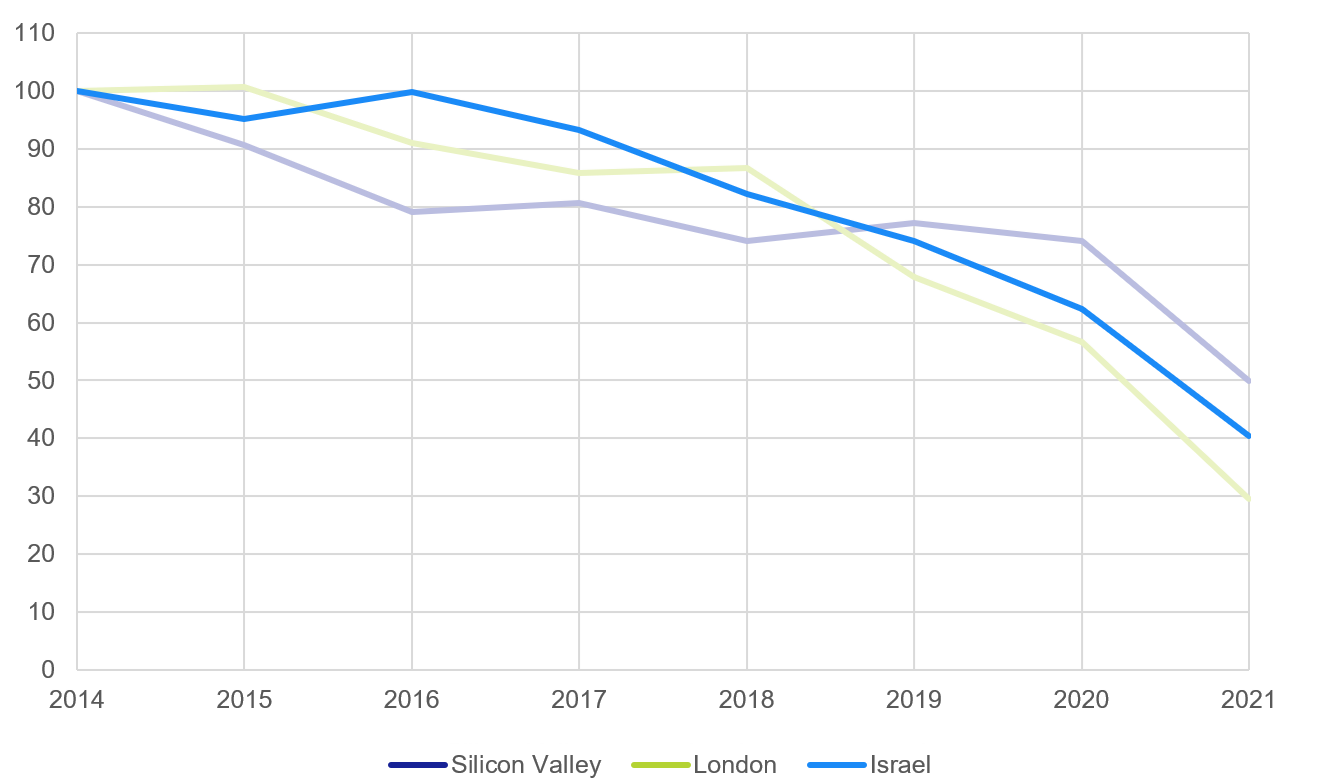
Insert subtitle here
Add text here. Lorem ipsum dolor sit amet, adipiscing elit. Morbi pulvinar mattis tortor in posuere. Nunc ac euismod est. Integer elementum dolor vel nisl egestas bibendum.

Insert subtitle here
Add text here. Lorem ipsum dolor sit amet, adipiscing elit. Morbi pulvinar mattis tortor in posuere. Nunc ac euismod est. Integer elementum dolor vel nisl egestas bibendum.

Insert subtitle here
Add text here. Lorem ipsum dolor sit amet, adipiscing elit. Morbi pulvinar mattis tortor in posuere. Nunc ac euismod est. Integer elementum dolor vel nisl egestas bibendum.

Insert subtitle here
Add text here. Lorem ipsum dolor sit amet, adipiscing elit. Morbi pulvinar mattis tortor in posuere. Nunc ac euismod est. Integer elementum dolor vel nisl egestas bibendum.

Insert subtitle here
Add text here. Lorem ipsum dolor sit amet, adipiscing elit. Morbi pulvinar mattis tortor in posuere. Nunc ac euismod est. Integer elementum dolor vel nisl egestas bibendum.

Insert subtitle here
Add text here. Lorem ipsum dolor sit amet, adipiscing elit. Morbi pulvinar mattis tortor in posuere. Nunc ac euismod est. Integer elementum dolor vel nisl egestas bibendum.

Insert subtitle here
Add text here. Lorem ipsum dolor sit amet, adipiscing elit. Morbi pulvinar mattis tortor in posuere. Nunc ac euismod est. Integer elementum dolor vel nisl egestas bibendum.

Insert subtitle here
Add text here. Lorem ipsum dolor sit amet, adipiscing elit. Morbi pulvinar mattis tortor in posuere. Nunc ac euismod est. Integer elementum dolor vel nisl egestas bibendum.

Insert subtitle here
Add text here. Lorem ipsum dolor sit amet, adipiscing elit. Morbi pulvinar mattis tortor in posuere. Nunc ac euismod est. Integer elementum dolor vel nisl egestas bibendum.






















